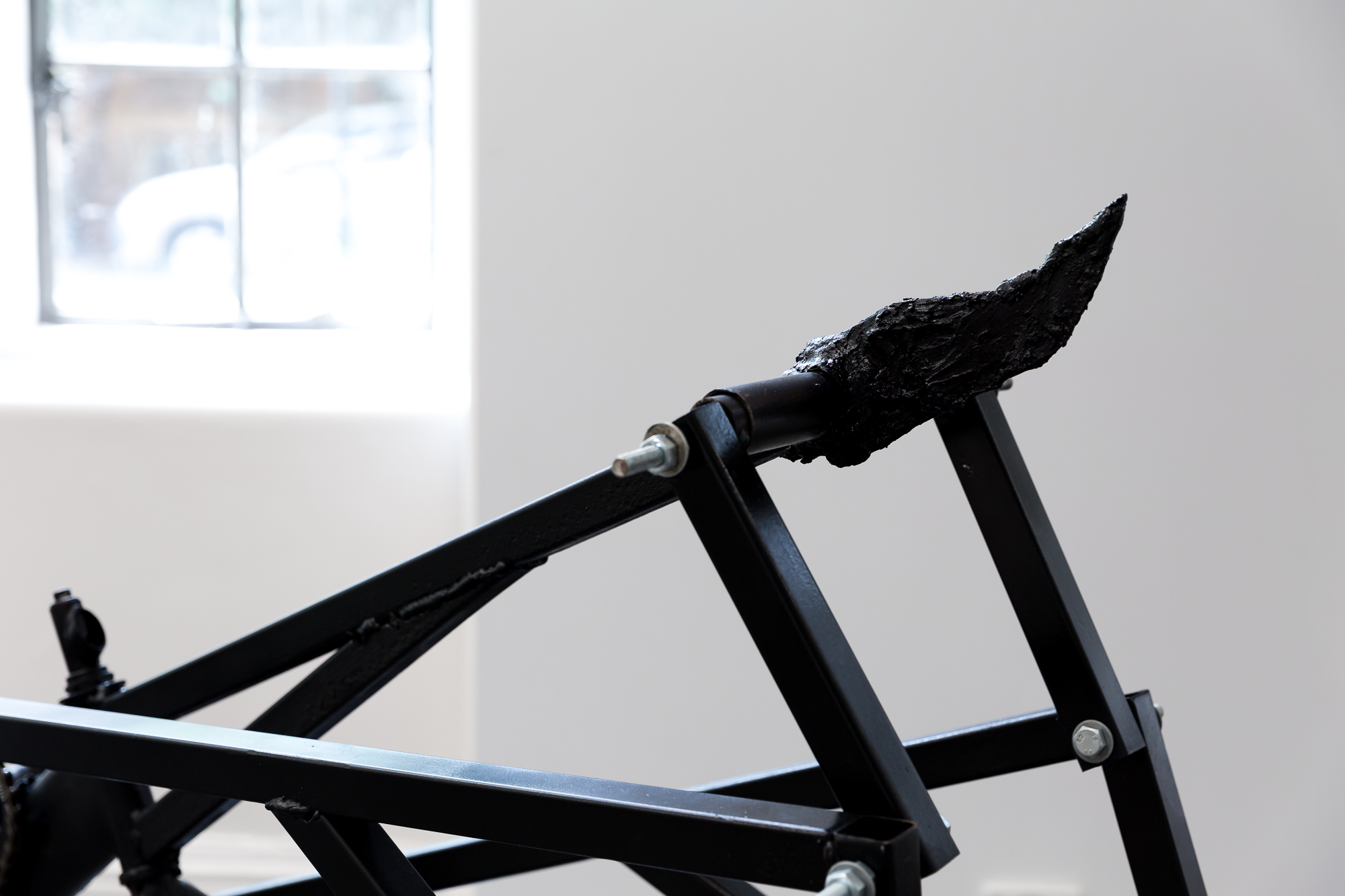Felix Ashford



About
The following work will be activated by a ceremony on the opening night of ‘New Contemporaries,’ at the Sydney College of the Arts.
“Here Phaethon lies who in the sun-god’s chariot fared. And though greatly he failed, more greatly he dared.” - Ovid, Metamorphoses, 8 AD
“I; for who can more properly than myself destroy those things which I worshipped through ignorance…”
- Coifi, as cited by Bede in Historia ecclesiastica gentis Anglorum, 731 AD.
i.
The Cherubinic Wanderer is a Non-Standard Tactical Vehicle weaponised towards sacramental function. Ornament redirected towards armament, Bellum sacrum quietened to a ceremonial timbre…a procession without triumph, a Cataphract without his legion, a Juggernaut without sacrifice.
Futile action is our primary strategy. Our position shall be compromised instantly, of course. Intention itself is neutralised by disinterested judgement. This ‘lesser war’ of ours betrays its own greater purpose; the Hierotopian transfiguration of site through rite. The desecration of your temple shall precede its consecration, as the flutter of blades precedes the arrival of a Scythed chariot. Our Bloodstock is bred in steel, our future is cast in vacant lots.
ii.
The word temple (from the Gk. verb temnō, ‘I cut’,) denotes a demarcation of space from ordinary use. These boundaries are not solely defined by physical containment, but by an active demarcation process through which the environment is separated as ‘sacred’. Within ritual, the totality of effective relationships between variables (smell, gesture, sound, etc) signifies this division from profane purpose. The Cherubinic Wanderer deterritorialises this operation of ‘cutting’, through which territories become sanctified. A vehicle for change, an instrument of mass-transfiguration.